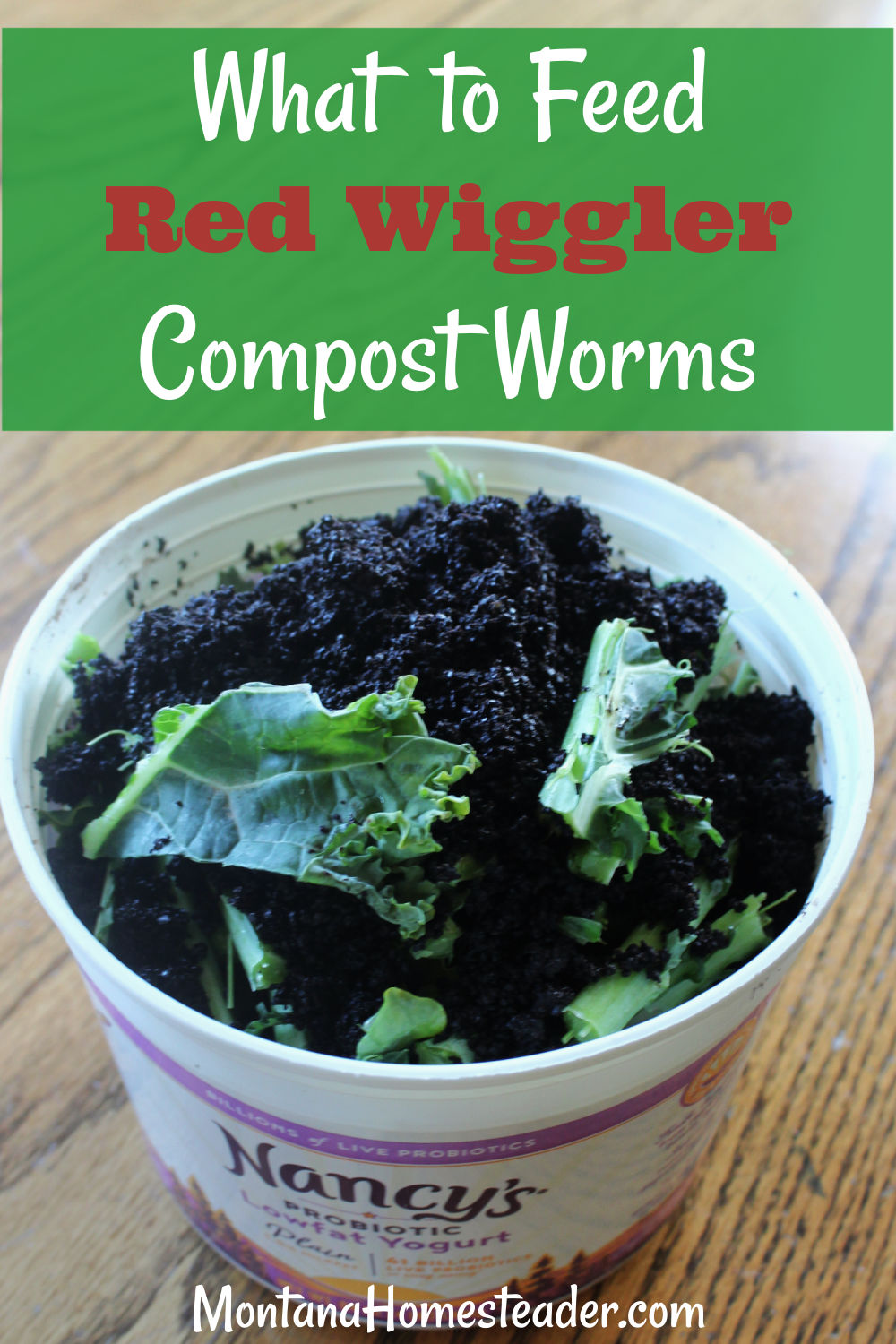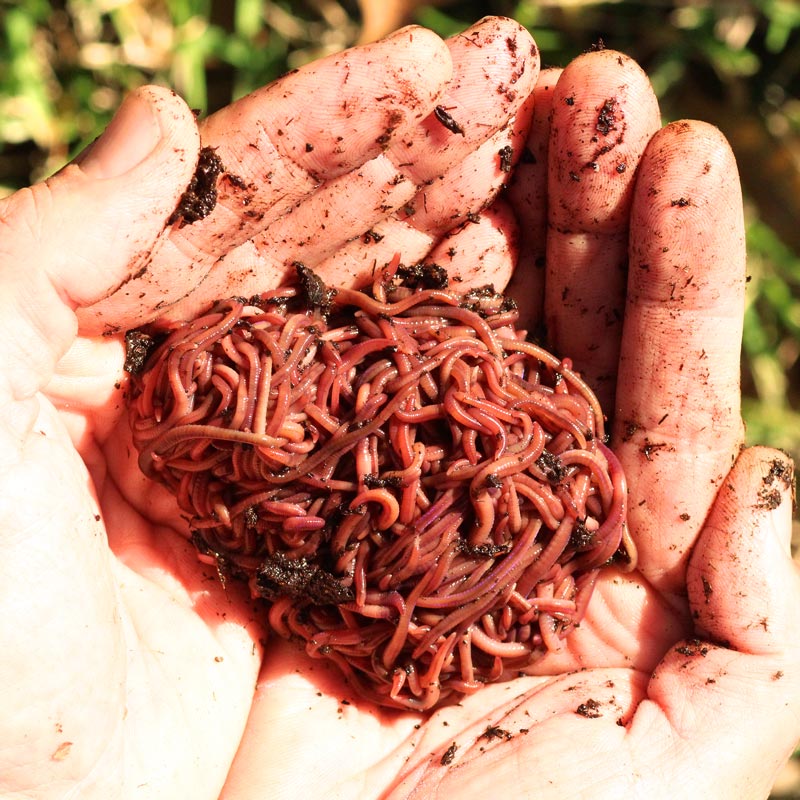Red Wiggler Express: Premium Bait for a Enjoyable Fishing Day
Red Wiggler Express: Premium Bait for a Enjoyable Fishing Day
Blog Article
Red Wigglers: The Unsung Heroes of Organic Waste Recycling
Red wigglers, or Eisenia fetida, serve as vital representatives in the natural waste recycling procedure, changing disposed of products into important vermicompost. As the globe progressively seeks options to deal with waste accumulation and boost farming efficiency, understanding the function of these worms becomes essential.
What Are Red Wigglers?
The remarkable resilience of red wigglers, clinically known as Eisenia fetida, highlights their essential function in natural waste recycling. These small, reddish-brown earthworms are usually found in breaking down raw material, such as compost stacks and manure heaps. Lake Hickory Bait. Unlike other earthworm types, red wigglers prosper in nutrient-rich environments and are very efficient at breaking down organic products, making them crucial for vermicomposting

(Red Wiggler Express)In addition to their function in waste decrease, red wigglers add to soil health by boosting soil framework and aeration with their delving activities (Lake Hickory Bait). Their existence in composting systems not just enhances decay rates but also promotes a lasting method to throw away monitoring, illustrating their significance in ecological conservation initiatives
Benefits of Composting With Worms
Composting with worms, specifically red wigglers, supplies various advantages that improve both waste management and soil health and wellness. These worms successfully break down organic waste, transforming it right into nutrient-rich vermicompost that improves soil. This process increases disintegration, permitting a quicker recycling of kitchen area scraps and other natural products contrasted to typical composting techniques.
Furthermore, the vermicompost created by red wigglers is bristling with helpful microorganisms, which help boost soil framework, aeration, and wetness retention. This enhances the total wellness of plants, promoting energetic development and boosted yields in yards and agricultural setups. The usage of worms in composting decreases the production of greenhouse gases, such as methane, contributing to a more lasting waste monitoring system.

Just How to Start Vermicomposting
Developing a vermicomposting system is a simple process that can produce substantial benefits for both waste monitoring and dirt enrichment. To start, pick an ideal container, such as a plastic container or wooden box, with sufficient air flow openings to make sure proper airflow. The dimensions should preferably be around 2 feet by 3 feet, permitting enough area for the worms to prosper.
Following, prepare bed linens product, which can be composed of shredded paper, cardboard, or coconut coir. This bed linen ought to be moistened to develop an ideal environment for the worms. Once the bed linen remains in location, present red wigglers (Eisenia fetida) into the bin, normally around one extra pound of worms for each square foot of surface location.
Adhering to the placement of worms, add organic waste, such as vegetables and fruit scraps, coffee grounds, and smashed eggshells. Prevent including dairy products, meat, or oils, as these can develop odors and bring in pests. Finally, position the bin in a shaded, temperature-controlled location to preserve optimum problems for worm activity. With these steps, you will successfully launch a vermicomposting system that adds to sustainable waste administration and improves your dirt.
Preserving a Healthy Worm Container
(Red Wiggler Express)Keeping a worm bin growing requires normal interest and treatment to make certain the health of the red wigglers and the performance of the composting process. Proper upkeep begins with monitoring the dampness levels; the container should be moist but not soaked. A great rule of thumb is to preserve an uniformity comparable to a wrung-out sponge.
Oygenation is essential too. Carefully mixing the bed linens and food scraps every few weeks protects against compaction and makes certain that all worms have access to oxygen. In addition, it is essential to feed the worms appropriately. A balanced diet plan of fruit and veggie scraps, coffee premises, and smashed eggshells ought to be provided in small amounts to avoid overfeeding, which can result in odors and bugs.
If the container becomes as well hot or cold, the worms may become stressed out. By diligently managing these variables, one can read this preserve a robust and productive worm bin.
Effect on Sustainable Living
The successful maintenance of a worm container not just profits the health of red wigglers but also adds significantly to lasting living practices. By reusing organic waste, such as kitchen scraps and lawn debris, red wigglers aid divert significant quantities of material from landfills. This decrease in waste not only decreases greenhouse gas discharges yet likewise minimizes the ecological worry linked with waste monitoring.
Moreover, the castings produced by red wigglers act as a nutrient-rich organic plant food, enhancing dirt health and advertising plant growth. This natural choice to chemical plant foods sustains lasting farming and horticulture practices, minimizing reliance on synthetic inputs that can harm environments. Additionally, worm composting promotes awareness of waste management, urging people and neighborhoods to embrace even more lasting routines.

Verdict
In recap, red wigglers offer as vital factors to natural waste recycling through their effective decay of natural materials. By incorporating vermicomposting right into waste administration techniques, individuals and neighborhoods can dramatically lower waste while advertising environmental sustainability.
Report this page